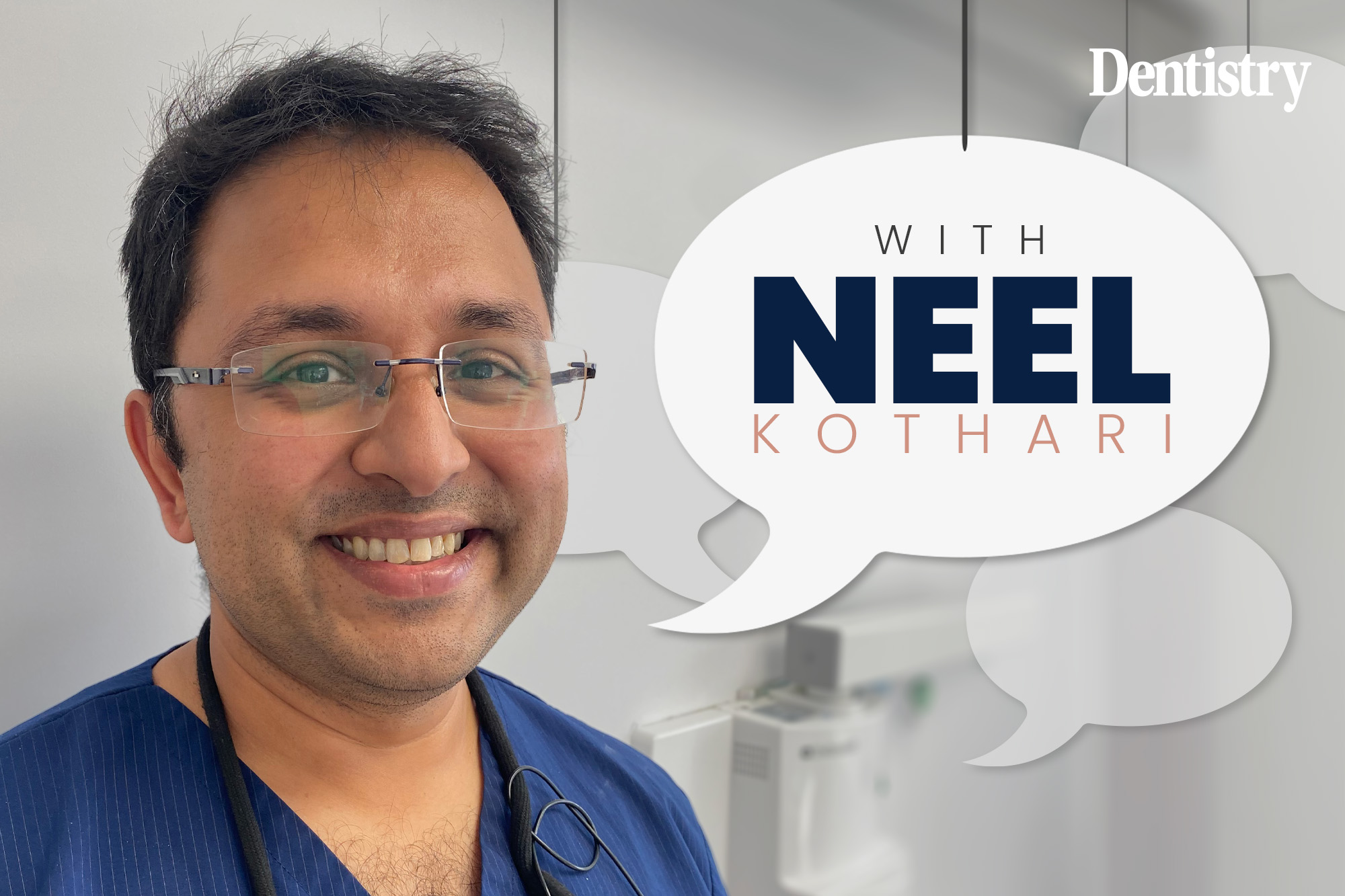
Neel Kothari discusses the implications of blue on blue GDC referrals, and how the very nature of dentistry and its complex regulations can foster them.
In recent months there have been several widely reported General Dental Council (GDC) fitness to practise cases that have been instigated by fellow registrants, termed ‘blue on blue’ referrals.
With an average wait time for initial GDC hearings being 10 months and 20 days, it’s safe to say the process will result in severe mental distress for many registrants and for some it may even be life threatening. For this reason alone, it’s paramount that all blue on blue referrals are done for entirely sincere reasons.
Complex regulations
Over the past few years, the proportion of cases raised by fellow registrants has been variable, with pre-COVID-19 years showing an upwards trend of 9% in 2017, 10% in 2018 and 13% in 2019. This then dropped to 10% in 2020, 9% in 2021 and most recently 6% in 2022.
It isn’t entirely clear why this reduction has occurred, but it is nevertheless welcome news for the profession.
Of course, dentists should report colleagues to the GDC where necessary and appropriate, but as Len D’Cruz highlights in his 2020 BDJ article, ‘Blue-on-blue’, not all referrals are done so sincerely. Some registrants use the GDC as a weapon in inter-professional disagreements or as part of financial disputes – and it isn’t always possible to clearly distinguish between the two.
Part of the problem is that because dental rules and regulations are so complex and ever growing, very few could say with absolute confidence that they meet all of the regulatory demands all of the time.
There is no doubt that dental rules and regulations more closely resemble software terms and conditions than an easy-to-follow set of principles that we can all abide by. This means that if a registrant is looking to find fault with their colleagues, it’s highly likely that they will be able to do so.
Herein lies an important distinction between a public referral to the GDC and that of a fellow registrant.
Power imbalance
In situations where there is a power imbalance it’s also possible that a blue-on-blue referral could leave some registrants vulnerable to the narcissistic and malevolent types within our profession.
Recently, I’ve come across two cases where newly qualified associates have been coerced into staying at their NHS practice using the threat of a GDC referral. Sadly, I suspect that this may be an under reported and a growing issue within NHS dentistry, especially as recruitment difficulties have become widespread.
I recognise that, when sincerely raised, dental professionals are ideally placed to identify failings that could put patients at risk. However, whenever I have seen colleagues refer other colleagues to the GDC there have always been other issues running concomitantly. It seems to me that where this is the case, this is important information that the GDC ought to be aware of if it wishes to assess the calibre of the referral.
I think we need to recognise that dentistry is a curious blend of healthcare and business and that due to the nature of human behaviour registrants will not always refer for purely unselfish reasons.
For this reason alone, it’s my contention that, as an absolute must, clinicians ought to inform the GDC about any ongoing disputes, legal or otherwise, for the GDC to be able to draw context over why a referral has been made.
In everyone’s interests
It’s my opinion that we as a profession need some form of code of conduct for referrals that establishes thresholds for clinicians to follow. Ideally this would come from the GDC, but it doesn’t have to be limited to a single organisation.
I would encourage all dental organisations to consider if this is a task they could undertake. After all, it’s in everyone’s interest to maintain civility amongst colleagues wherever possible and at the very least ensure that our registration fees are being spent judiciously.
I’m not entirely sure how this thresholds document would look, but a good start would be the encouragement of local resolution and a series of tests, so that careful consideration is given before registrants opt to refer fellow colleagues.
Read more from Neel Kothari:
Follow Dentistry.co.uk on Instagram to keep up with all the latest dental news and trends.


